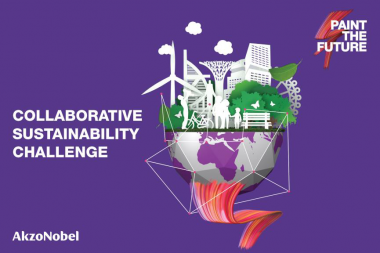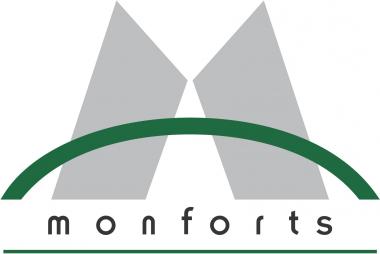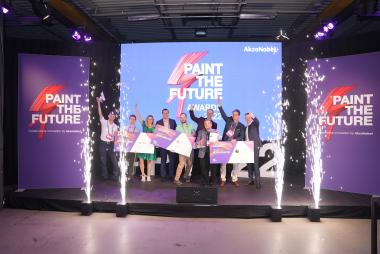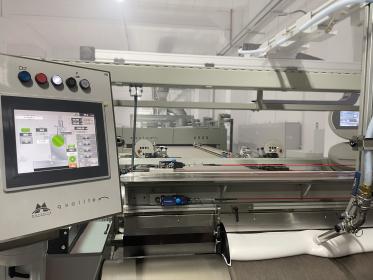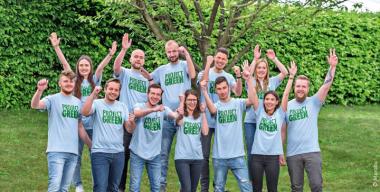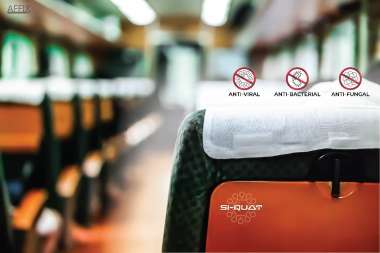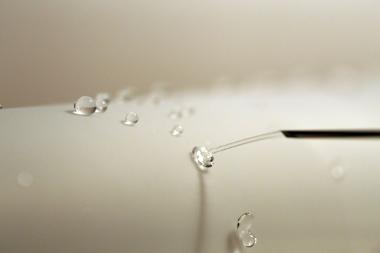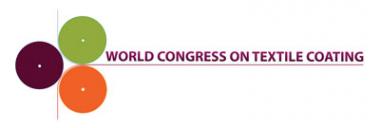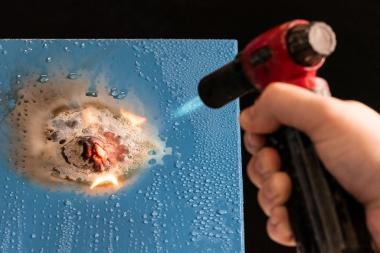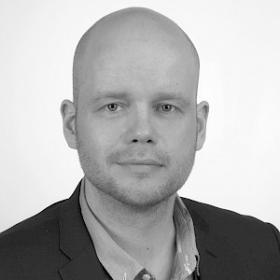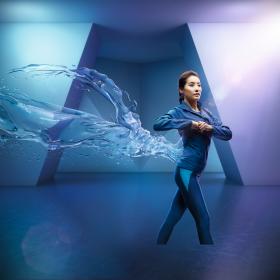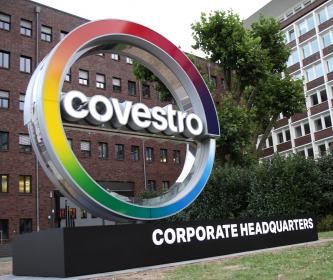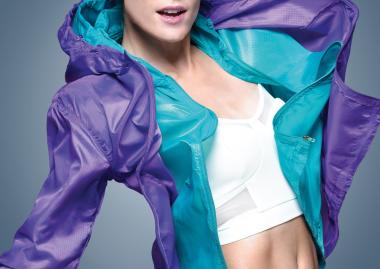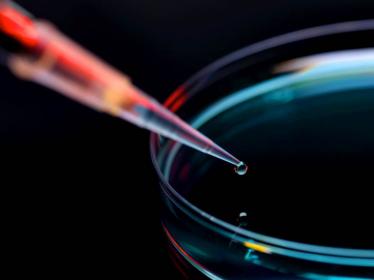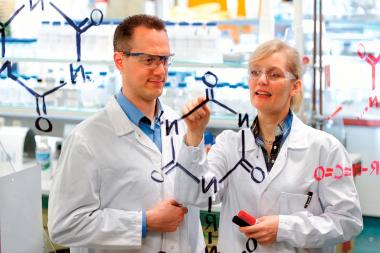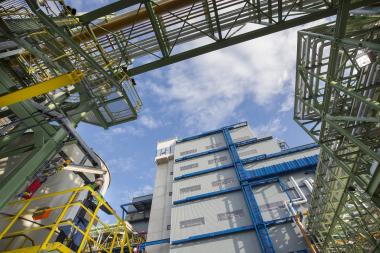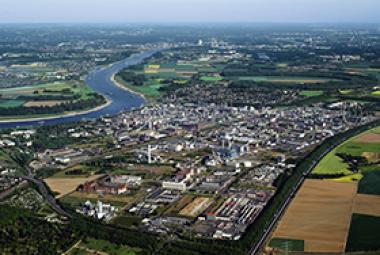AkzoNobel completes acquisition of Colombia-based coatings company Grupo Orbis
Akzo Nobel N.V. has completed the acquisition of Colombia-based paints and coatings company Grupo Orbis, strengthening its long-term position in Latin America.
Present in ten countries in Central America, South America and the Antilles, Grupo Orbis has consolidated revenue of around €360 million. The transaction includes the Pintuco paints and coatings business, Andercol and Poliquim (resins, emulsions, adhesives and specialty chemicals), Mundial (paints and related product distribution services) and Centro de Servicios Mundial (shared services center).
The Pintuco portfolio consists of 75% decorative paints and 25% coatings, offering a wide range of products across ten countries, creating several opportunities for revenue synergies.





